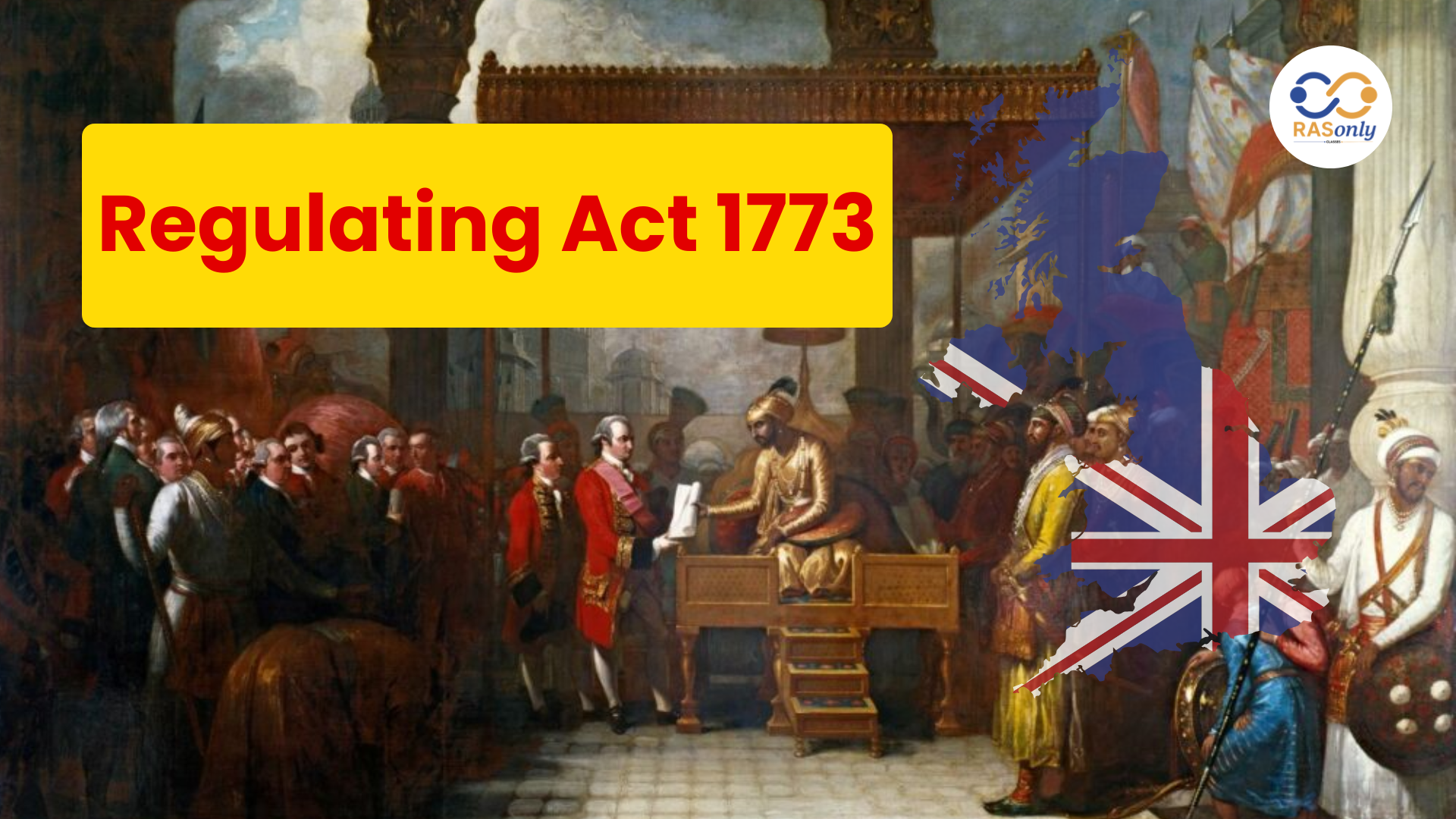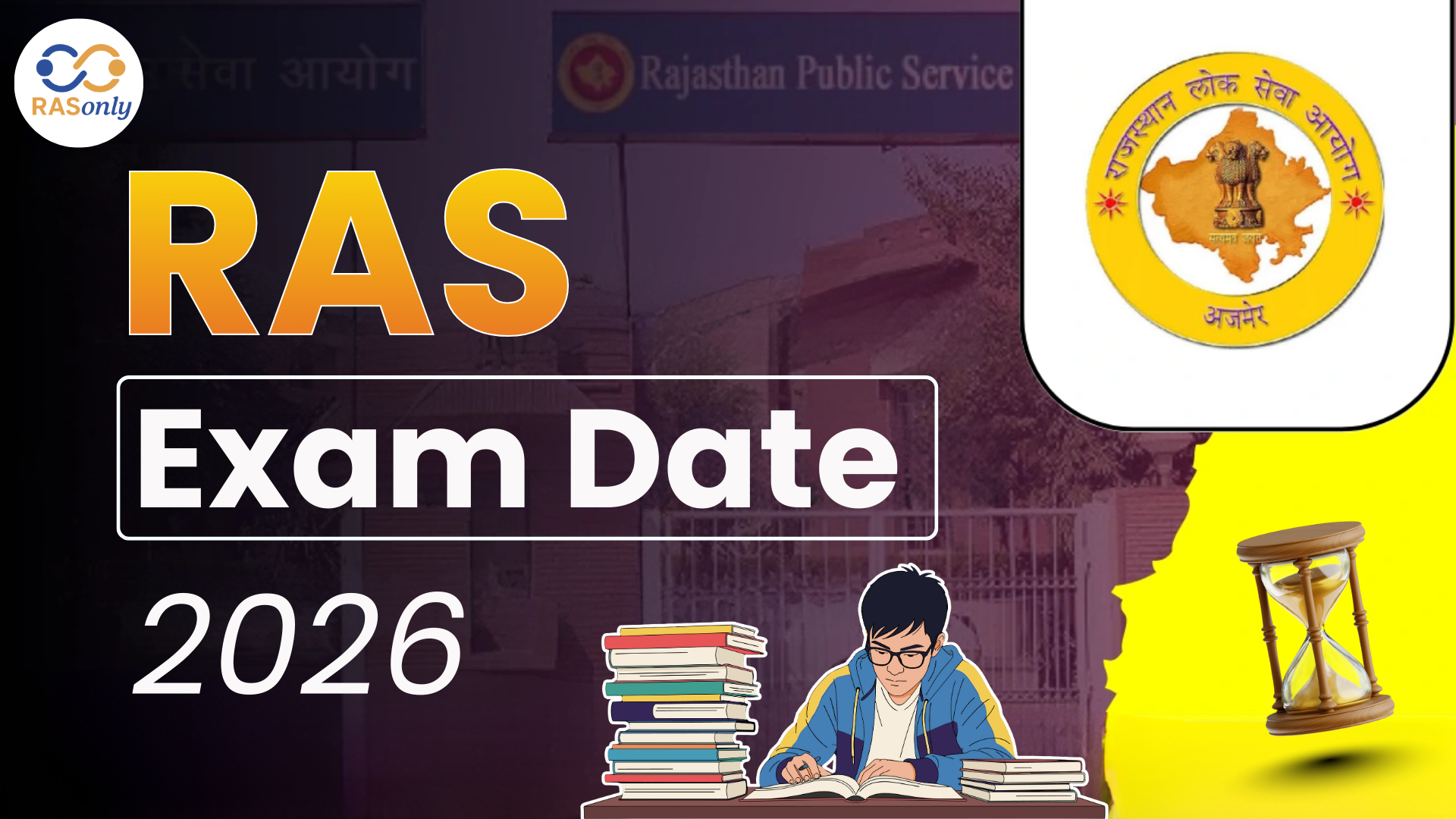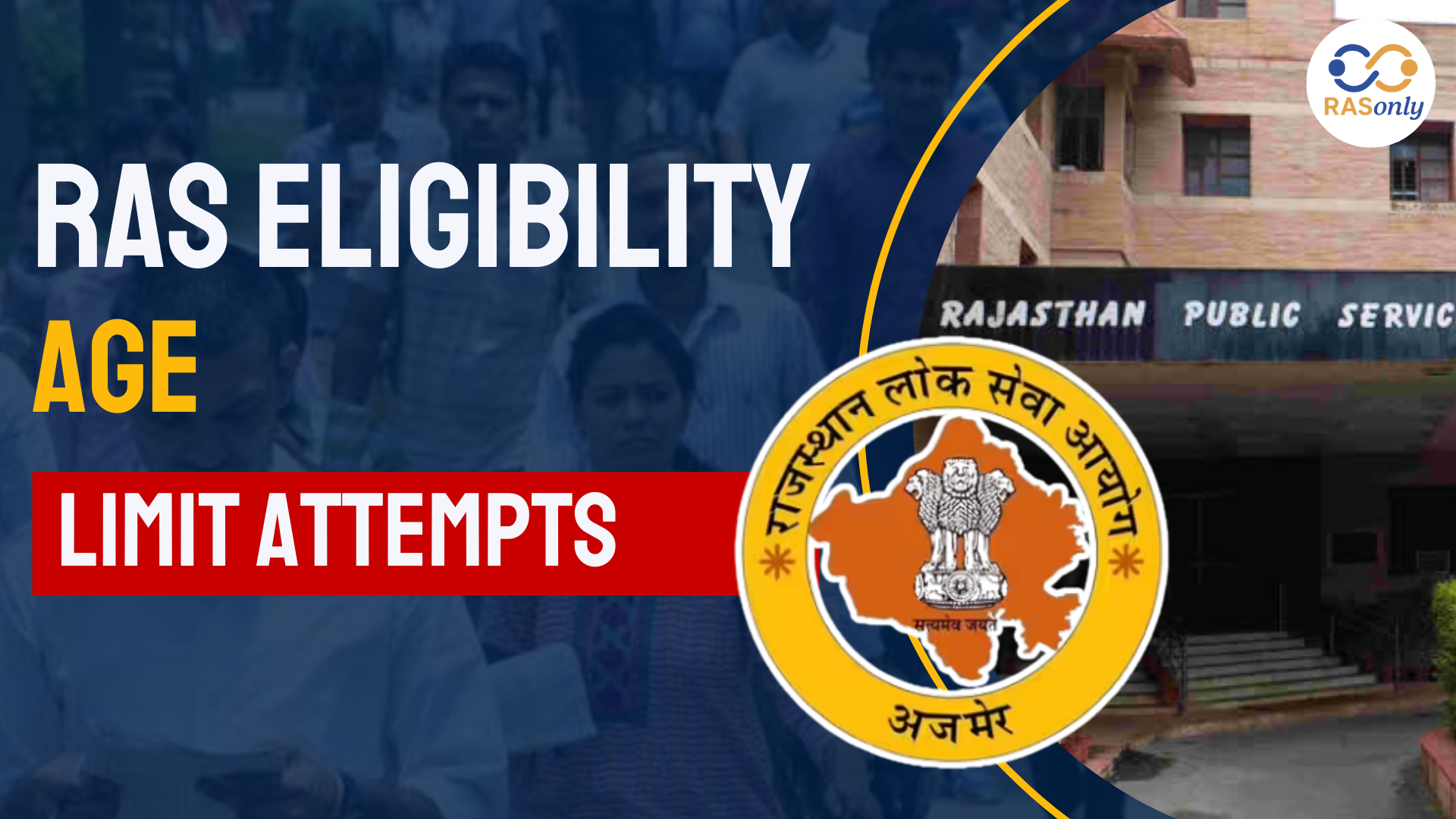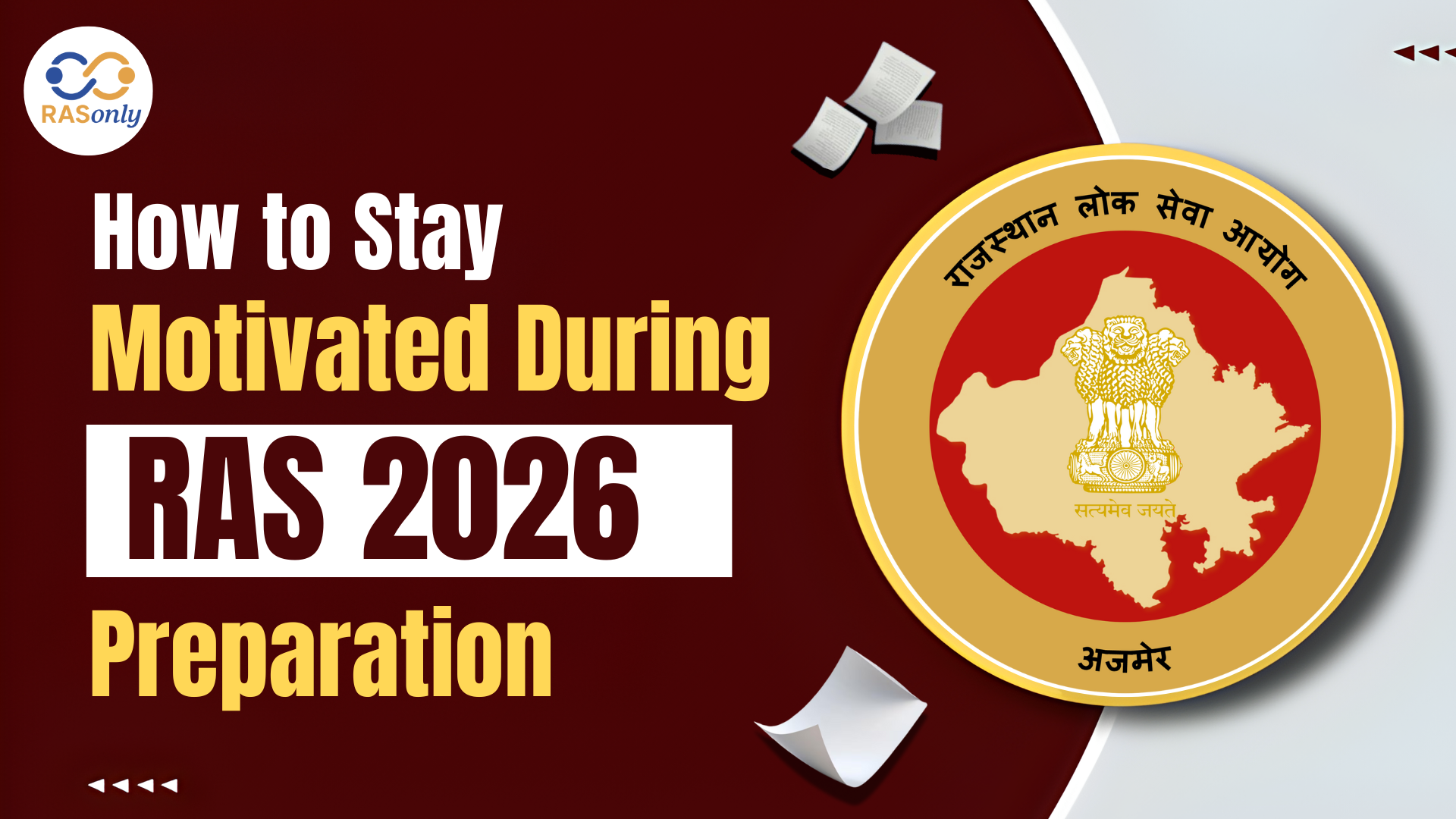RAS Exam Date 2026 for Notification, Prelims, Mains Date
- >
- RAS Preparation Resources
- >
- Regulating Act of 1773
Regulating Act of 1773


The Regulating Act of 1773 was the initial law that the British parliament enacted to check the running of the East India Company in India. It was enacted as a result of Company-rule-related crises that were propagated through financial mismanagement and corruption and famine. The Act provided the status of the Governor-General of Bengal position as well as established the Supreme Court in Calcutta. It was the onset of British political control over Indian governmental affairs. But, its loose provisions resulted into administrative confusion that was amended in 1781.
Key Points for RAS Mains
History of the Regulating Act, 1773
- Financial Crisis: The East India Company was suffering from corruption and inefficiency causing bankruptcies.
- Bengal Famine (1770): Millions died and the efficacy of the dual government system was out in the open.
- Dual Government System: This is what Robert Clive introduced whereby Diwani (revenue) remained to Company and Nizamat (law and order) to Nawabs hence welfare was ignored.
- Parliamentary Pressure: The company was controlling a lot of political power, unaccountably, which needed to be regulated by the British Parliament.
- Rotting Tea Stocks: The Company was saturated with unsold tea in Britain as well as huge debts. This caused political rattles in London.
Highlights of the Regulating Act, 1773
- Political Reforms
- Constitution of Governor-General of Bengal (starting with: Warren Hastings).
- With the help of a 4-member Executive Council.
- Majority decision-making.
- Centralisation of Power
- Governors of Bombay and Madras were transformed into subordinates to the Governor General of Bengal.
- The previous model of independent presidency was over.
- Reforms in Judicial System
- Institution of the Supreme Court at Calcutta (1774).
- 1931 First Chief Justice Sir Elijah Impey.
- 3 other judges - all Britishers
- Jurisdiction: Only to British subjects (not Indians).
- Financial Reforms
- The company was not allowed to pay more than 6 percent in dividend until debt to the Crown was repaid.
- The Company directors had the obligation of reporting the Company revenue, civil and military affairs to the British Government.
- Terms of directors not more than 4 years.
- Corruption Control
- Placement of prohibition of company members to do personal trade and giving bribes.
Significance of the Regulating Act, 1773
|
Aspect |
Contribution |
|
Parliamentary Control |
First time the British Parliament directly intervened in Indian administration. |
|
Foundation of Central Rule |
Established the Governor-General post; centralized British authority in India. |
|
Judicial Modernization |
Laid foundation for Western legal system via the Supreme Court. |
|
Administrative Recognition |
Acknowledged East India Company as a political and administrative power. |
Drawbacks of the Regulating Act, 1773
|
Issue |
Explanation |
|
No Veto Power |
Governor-General had no veto; often overruled by Council majority. |
|
Jurisdiction Confusion |
Supreme Court’s authority clashed with that of the Executive. |
|
Ignored Indian Interests |
No representation or justice for Indian tax-paying population. |
|
Weakened Regional Power |
Bombay & Madras lost autonomy, reducing efficiency and responsiveness. |
|
Insufficient Parliamentary Oversight |
No strong mechanism to ensure follow-up on reports from India. |
Amending Act of 1781 (Act of Settlement)
To address the failures of the Regulating Act, the Amending Act of 1781 was introduced. Key changes:
|
Provision |
Effect |
|
Jurisdictional Clarity |
The Supreme Court limited to Calcutta residents and British subjects only. |
|
Exemptions |
Governor-General and Council exempt from court jurisdiction in official acts. |
|
Personal Law Recognition |
Hindus tried under Hindu Law, Muslims under Sharia. |
|
Revenue Matters |
The Supreme Court barred from interfering in revenue administration. |
|
Appeal Mechanism |
Appeals to go to Governor-General-in-Council, not directly to Court. |
Conclusion for RAS RPSC
The Regulating Act of 1773 was used in history to change the control of India through corporate into parliamentary. Though it formed the basis on which the British government was established, it was affected by vagueness and ineffectiveness. Even its flaws had to be repaired with the help of the next Amending Act of 1781 and the India Act of 1784 by Pitt to strengthen British control even further.
Also Read: Rajasthan Right to Hearing Act, 2012
FAQs for RAS RPSC
Post Category
- RAS Salary
- Result
- RAS Admit Card
- RAS Job
- RAS Cutoff
- Preparation Tips
- RAS Answer Key
- RAS Exam Analysis
- RAS Syllabus
- RAS Previous Year Papers
- RPSC RAS Exam Pattern
- RAS Interview
- RAS Mains Exam Date
- RAS Vacancy
- RAS Test Series
- RAS Best Books
- RAS Preparation Resources
- RAS Coaching Centre
- History
- Polity
- Geography
- Economics
- Science
- Art and Culture
- RPSC RAS Application Form
- RPSC RAS Notification
RASonly Interview Guidance Program

Mr. Ashok Jain
Ex-Chief Secretary Govt of Rajasthan
- IAS officer of the 1981 batch, Rajasthan cadre.
- Passionate about mentoring the next generation of RAS officers with real-world insights.
- Got retired in Dec 2017 from the post of Chief Secretary of the state of Rajasthan.

Mr. Guru Charan Rai
Ex-ASP / SP in Jaisalmer
- Guru Charan Rai, IPS (Retd), retired as Inspector General of Police (Security), Rajasthan, Jaipur in 2017.
- Served as ASP and SP in Jaisalmer, Nagaur, Sri Ganganagar, Sawai Madhopur, Dausa, Sikar, and Karauli.
- He also held key positions as DIGP and IGP in the Law and Order division.

Mr. Rakesh Verma
Ex-IAS Officer, B.Tech, MBA, and M.A. (Economics)
- IAS officer of the 1981 batch and retired in Chief Secretary Rank.
- Civil servant of high repute and vast experience.
- Has been teaching UPSC CSE subjects for the last six years.
Related Post
👉🏻 Register Today to Join Classes! 👍🏻
- Team RASOnly -
🎯 Benefits of RASOnly Coaching:
- ✅ 1:1 Mentorship with RAS Officers
- ✅ Experienced and Expert Faculty
- ✅ Free Library Access
- ✅ Daily Minimum 4 Hours Must
- ✅ Comprehensive Study Material
- ✅ Regular Tests & Performance Analysis
- ✅ Personalized Guidance & Doubt Solving
- ✅ Online & Offline Class Options
- ✅ Affordable Fees with Quality Education
Key Highlights:
- 👉🏻 3-Day Refund Policy
- 👉🏻 New Batch Starting from 04 August
- 👉🏻 Registration Amount: Only ₹1000





